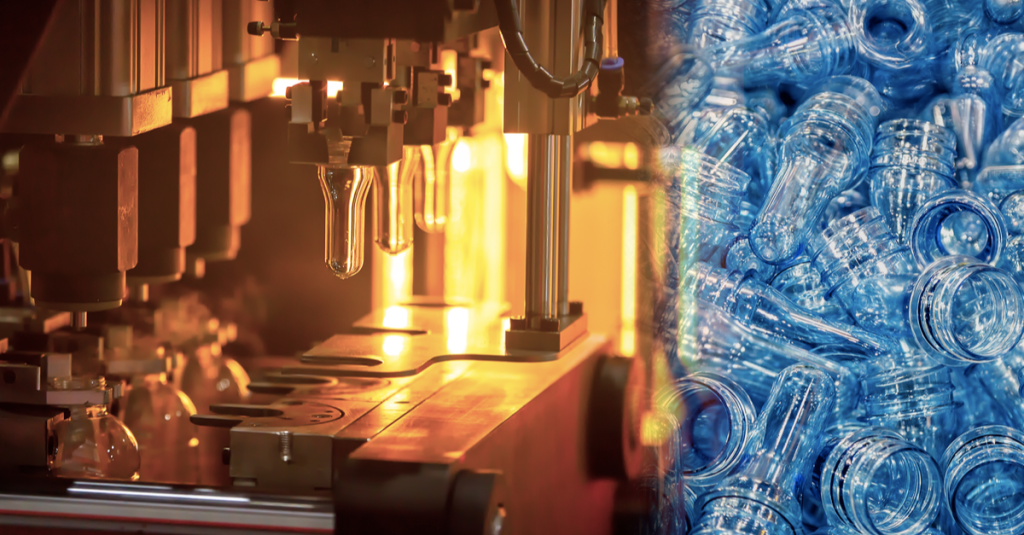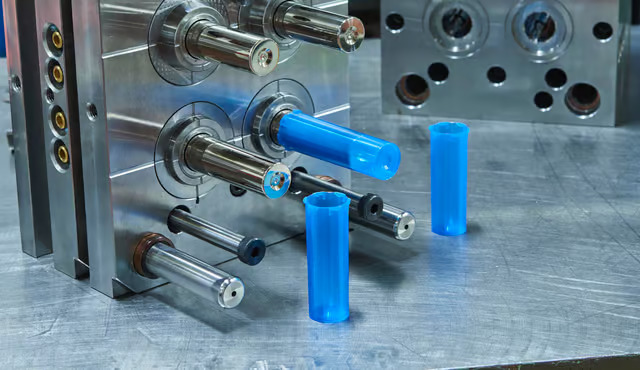
Thermoplastics are the backbone of injection molding, prized for their versatility, durability, and recyclability. These materials soften when heated and harden upon cooling, allowing for precise molding and reshaping. Commonly used thermoplastics in injection molding include polypropylene (PP), known for its lightweight and chemical resistance, making it ideal for automotive parts and packaging. Acrylonitrile Butadiene Styrene (ABS) is another popular choice, offering toughness, rigidity, and a polished finish, making it suitable for consumer electronics and automotive interiors.
Polyethylene (PE), available in high-density (HDPE) and low-density (LDPE) forms, is valued for its flexibility and moisture resistance, widely used in containers and piping. Polycarbonate (PC) stands out for its impact resistance and optical clarity, often replacing glass in automotive lighting and safety equipment. Meanwhile, polystyrene (PS) is used for lightweight, rigid products like disposable cutlery and electronics casings, with variations like high-impact polystyrene (HIPS) offering added durability.
For applications requiring exceptional strength, nylon (polyamide) is a top choice, frequently reinforced with glass fibers for automotive and industrial parts. Polyethylene terephthalate (PET) is favored for lightweight, moisture-resistant packaging solutions, particularly in the food and beverage industry. Additionally, thermoplastic elastomers (TPE) provide a unique combination of flexibility and toughness, making them ideal for overmolding and soft-touch components in automotive and medical devices.
Thermoplastics enable the creation of intricate, durable, and cost-effective products across industries. Their adaptability to various applications, combined with recyclability, makes them a cornerstone of sustainable and efficient manufacturing.

